Lutsk
Lutsk [Луцьк; Luc’k]. Map: III-6. A city (2013 pop 215,624) on the Styr River and the center of Volhynia oblast and Lutsk raion. It is first mentioned in the Hypatian Chronicle under the year 1085, but it was probably a tribal center of the Luchanians as early as the 10th century. There is evidence that the area was settled in the Neolithic Period. Lutsk was the capital of an independent principality from 1154. In 1225 it belonged to Volodymyr principality and later to Principality of Galicia-Volhynia. In 1340 it was annexed by Liubartas, who built a large castle there and established Lutsk as the capital of an appanage principality (1340–84, 1440–53) within the Lithuanian-Ruthenian state. After the Union of Lublin in 1569, the city came under Polish rule and served as a center of Volhynia voivodeship. In the 15th and 16th centuries it was one of the main trade centers in Ukraine because of its location at the crossroads of major trade routes. Many Karaites from the Crimea settled there in that period, as Armenians had done earlier. In 1429 Vytautas the Great of Lithuania called a conference of European monarchs in Lutsk.
The city was also an important Ukrainian religious and cultural center. In the 13th century it was the seat of an eparchy (see Lutsk eparchy), and the Zhydychyn Saint Nicholas's Monastery was established nearby. In 1617 the Lutsk Brotherhood of the Elevation of the Cross was founded, and in 1621 it set up a school (see Lutsk Brotherhood of the Elevation of the Cross School). A Jesuit college was added in 1614 to the city's Polish schools. Later in the 17th century Lutsk declined. It was annexed by Russia in 1795, and became a county center. The town grew: in 1897 its population was 14,800 (79 percent Jewish), and in 1912, 26,600. Until the First World War there was a Russian fortress in Lutsk. In 1917–19 the city belonged to the Ukrainian National Republic. In May 1919 the Polish army overpowered the Ukrainian Kholm Division and took Lutsk.
As a voivodeship center under the Polish regime (see Volhynia voivodeship), Lutsk grew to 35,600 by 1931. In the interwar period it was the Ukrainian political and cultural center for western Volhynia. It was the center of a network of Prosvita reading rooms (134 which were closed down by the Polish authorities in 1932) and the seat of a Ukrainian Orthodox Lutsk eparchy. It had a private Ukrainian gymnasium, a Ridna Khata club, and a drama theater and was the base of the religious-education Mohyla Society (est 1931). It was also a modest publishing center: periodicals such as Hromada (Lutsk) and Ukraïns’ka hromada (Lutsk) in the 1920s and Volyns’ka nedilia, Ukraïns’ka nyva (later Volyns'ke slovo), and Ridnyi kolos in the 1930s appeared there. In 1939 Lutsk was occupied by the Soviets, who, retreating from the Germans in 1941, murdered about 3,000 Ukrainians in the local prison.
Today Lutsk is a center of food production (milling, meat-packing, and sugar refining), smelting, machine building, brick-making, and clothes and footwear manufacturing. It has six universities, including Volhynia National University and Lutsk Technical University, the Volhynian Ukrainian Music and Drama Theater, a philharmonic orchestra, and several museums, including the Volhynian Regional Studies Museum and the Volhynian Icon Museum.
The old quarter of the city is situated on an elevated section of the bank of the Styr River, surrounded by swampland on both sides. The city expanded northward, toward the railroad station, and, recently, toward the west and southwest. The most important historic monument is Liubartas's castle, which stands on a small hill between the Styr River and the Hlushytsia River. It includes remnants of the upper castle built in the 13th century and several towers. The most majestic building is the baroque Roman Catholic church built in 1619–20. Few old Ukrainian churches remain. There are no traces of the cathedral that stood within the fortifications or of Saint Demetrius's Church (14th century). The Church of the Holy Protectress was reconstructed from its 15th-century ruins, and the Church of the Elevation of the Cross was rebuilt in 1890 from the remains of the brotherhood's church (1619–20). Outside the old quarter is the Holy Trinity Orthodox Cathedral, built in the baroque style in 1754 on the site of a wooden church (1648).
BIBLIOGRAPHY
Mykhailiuk, O.; Kichyi, I. Istoriia Luts’ka (Lviv 1991)
Denysiuk, V. Luts’ku–910 rokiv: Istoryko-kraieznavchyi narys (Lutsk 1995)
Volodymyr Kubijovyč
[This article was updated in 2014.]

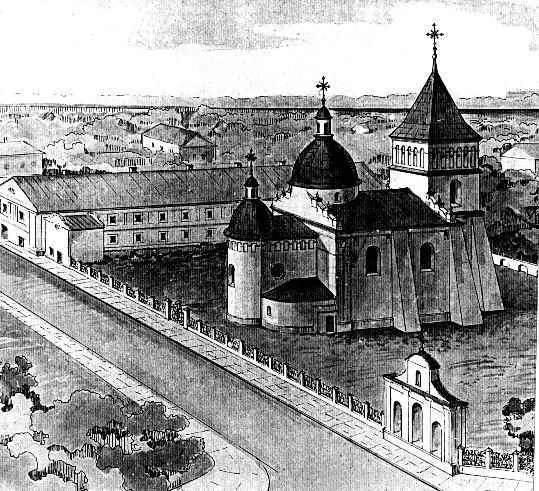
.jpg)
%20(aerial%20view).jpg)
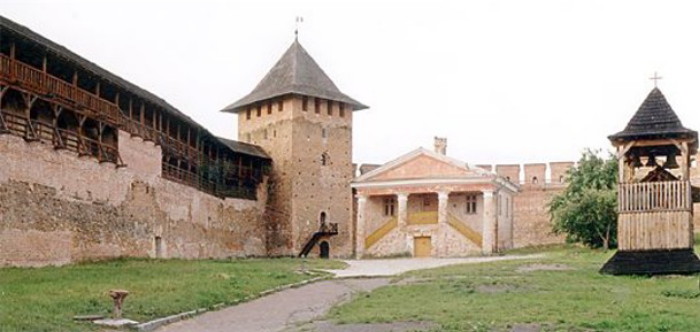
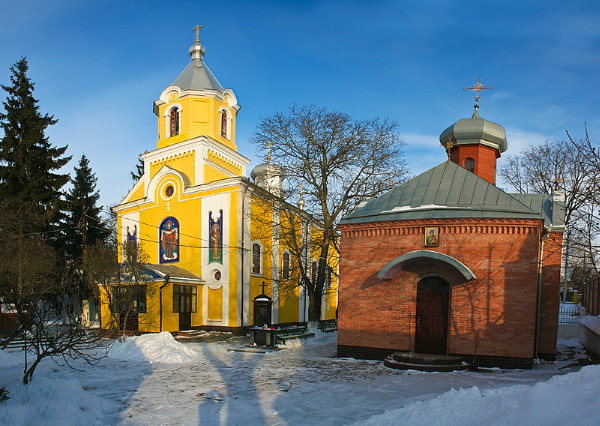
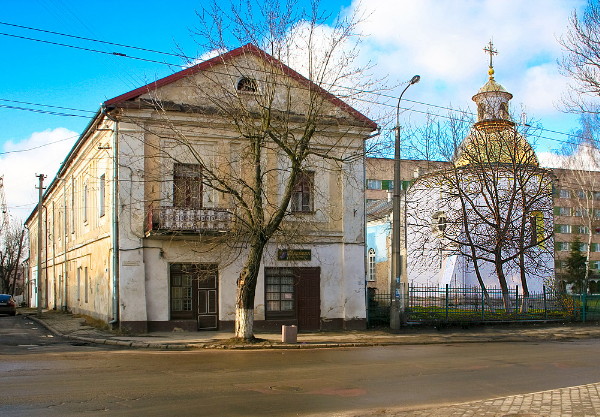
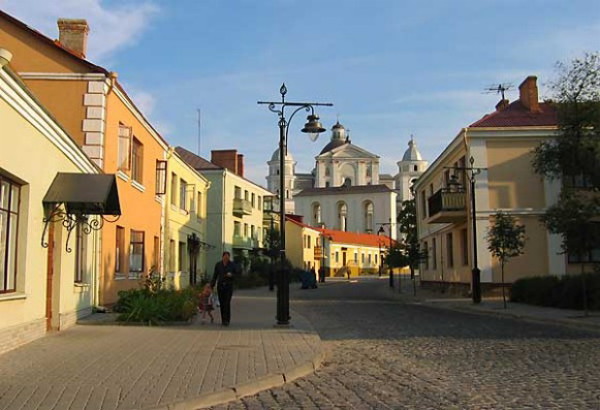
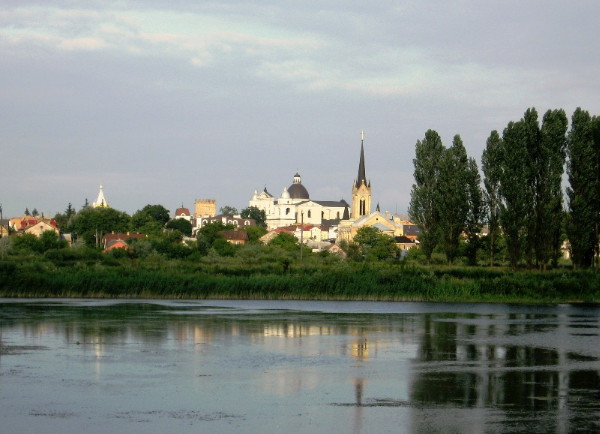
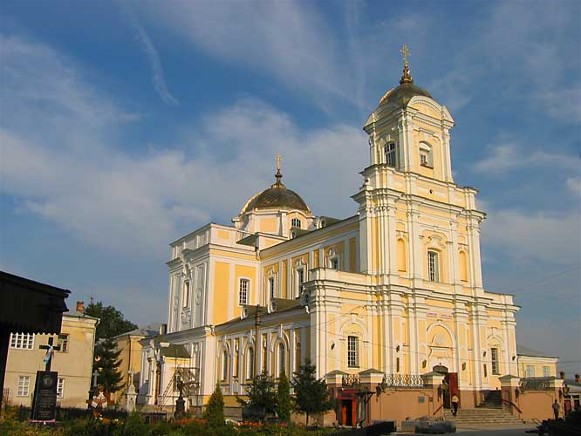
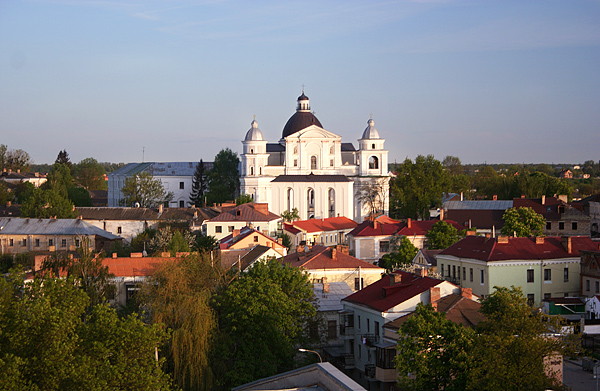
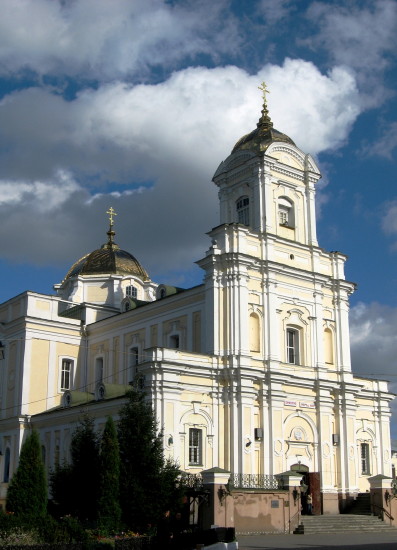
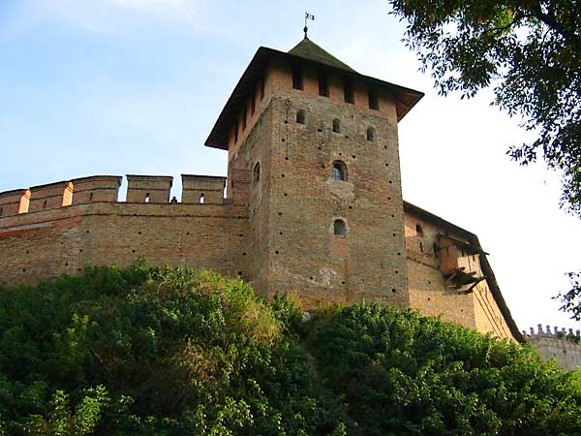
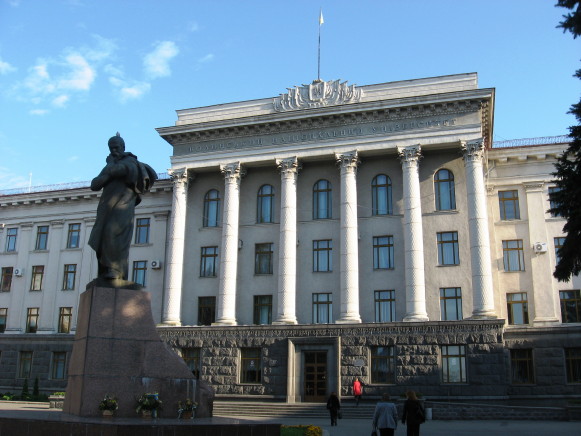
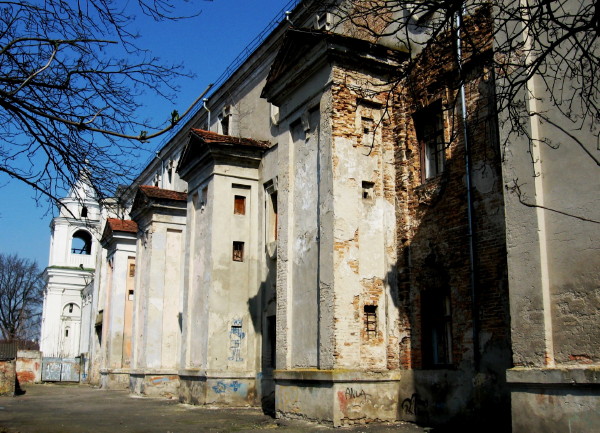
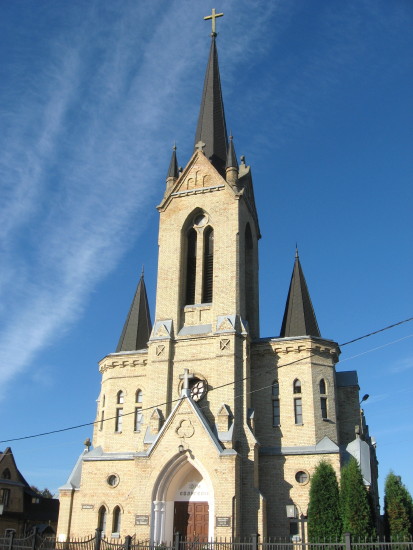
.jpg)